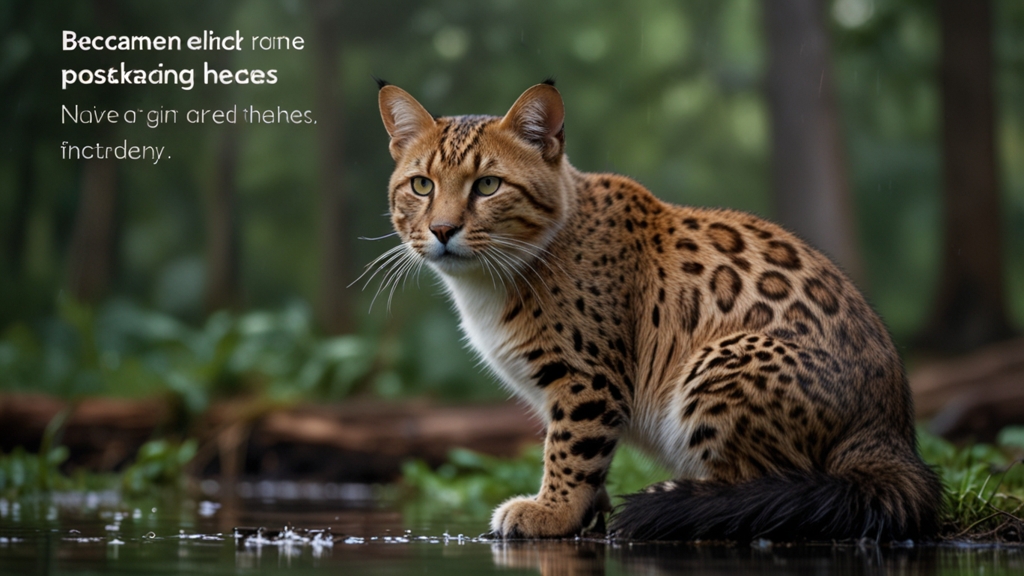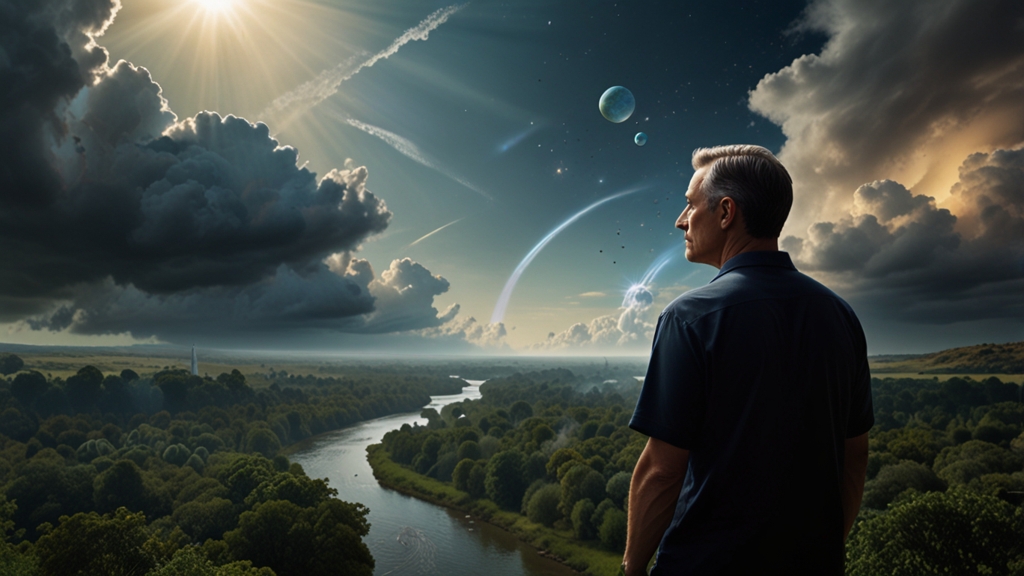Enchanting Fun Facts About Nature's Wonders
Nature never ceases to amaze us with its incredible wonders and phenomena. From the tallest trees to the deepest oceans, our planet is filled with countless marvels that are both enchanting and inspiring. In this article, we will explore some fascinating fun facts about these natural wonders, delving into their unique characteristics and why they captivate our imaginations.
The Majestic Giant Sequoia Trees
One of the most awe-inspiring sights in nature is the giant sequoia trees found in California's Sierra Nevada Mountains. These colossal trees can live for over 3,000 years and reach heights of up to 275 feet. The General Sherman Tree, the largest of them all, boasts a staggering volume of 52,500 cubic feet, making it the largest living tree on Earth by volume.
"In their immensity, these trees inspire a sense of reverence and awe. Standing before a giant sequoia is to feel both humbled and uplifted, an experience that words can barely capture." - John Muir
The secret behind their longevity lies in their thick bark, which can be up to three feet thick and fire-resistant. This incredible defense mechanism allows them to survive and thrive even in the face of forest fires.
The Great Barrier Reef: A Subaquatic Wonderland
Stretching over 1,400 miles along the northeastern coast of Australia, the Great Barrier Reef is the world's largest coral reef system. Home to an astonishing diversity of marine life, the reef contains over 1,500 species of fish, 411 types of hard coral, and dozens of species of sharks, rays, and marine mammals.
What's truly captivating about the Great Barrier Reef is its vibrant colors, which are due to the symbiotic relationship between coral polyps and microscopic algae called zooxanthellae. These algae provide the coral with nutrients through photosynthesis, and in return, the coral offers the algae a safe place to live.
"The Great Barrier Reef is a dazzling kaleidoscope of life, an underwater Eden that reminds us of the beauty and fragility of our natural world." - Jacques Cousteau
Despite its grandeur, the Great Barrier Reef faces significant threats from climate change, pollution, and overfishing, highlighting the urgent need for conservation efforts to protect this natural treasure for future generations.
The Northern Lights: Nature's Light Show
The Northern Lights, or Aurora Borealis, are one of nature's most mesmerizing phenomena. These dazzling displays of colored lights dance across the Arctic skies, captivating all who are fortunate enough to witness them. The lights are caused by charged particles from the sun colliding with Earth's atmosphere, creating stunning streams of green, pink, and purple hues.
The best time to view the Northern Lights is during the winter months in high-latitude regions such as Norway, Canada, and Iceland. Although their appearance is unpredictable, the spectacle they present is well worth the wait.
Fun fact: The Southern Hemisphere has its own version of the Northern Lights called the Aurora Australis, which can be seen in places like Antarctica, New Zealand, and Tasmania.
Deep-Sea Hydrothermal Vents: Extreme Environments
Deep-sea hydrothermal vents are among the most extreme and fascinating habitats on Earth. These vents are found along mid-ocean ridges, where tectonic plates pull apart, and seawater seeps down to be superheated by magma. This results in the emergence of mineral-rich water that forms towering structures known as "black smokers."
What makes hydrothermal vents so extraordinary is the life they support. Despite the harsh conditions of extreme pressure, total darkness, and toxic chemicals, a unique ecosystem thrives around these vents. Species such as giant tube worms, deep-sea clams, and chemosynthetic bacteria have adapted to this environment, relying on chemical reactions rather than sunlight for their energy.
"The discovery of hydrothermal vent communities revolutionized our understanding of the potential for life in extreme environments, both on Earth and possibly beyond." - Dr. Robert Ballard
These deep-sea communities provide valuable insights into the resilience of life and have even fueled discussions about the possibility of life on other planets, such as Europa, one of Jupiter's moons, which may harbor similar conditions beneath its icy surface.
Conclusion
From towering trees and vibrant coral reefs to mesmerizing light displays and extreme deep-sea environments, nature's wonders are truly enchanting. These natural phenomena not only captivate our senses but also inspire us to learn, explore, and protect the incredible planet we call home. Every fact and discovery enhances our appreciation for the diverse and dynamic world around us, reminding us of the intricate beauty and interconnectedness of all living things.









